Dian Liu
ACSC: Automatic Calibration for Non-repetitive Scanning Solid-State LiDAR and Camera Systems
Nov 17, 2020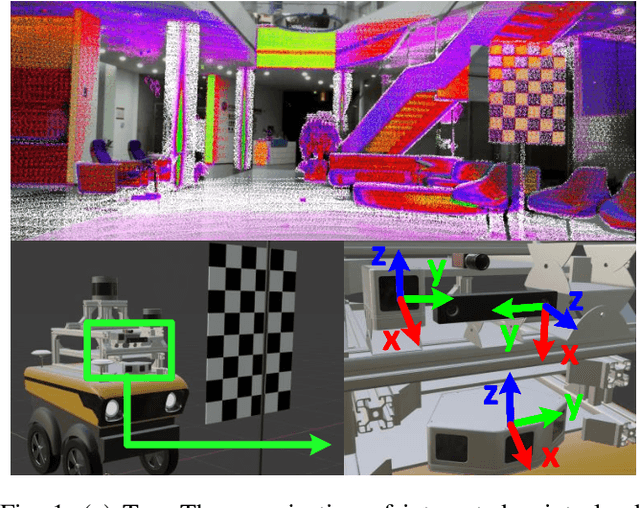
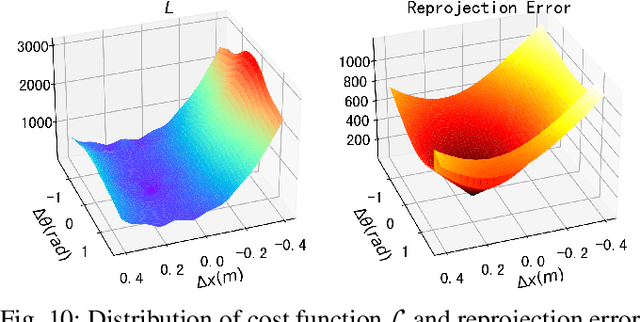
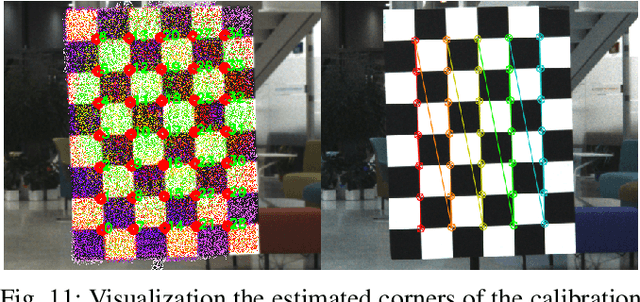
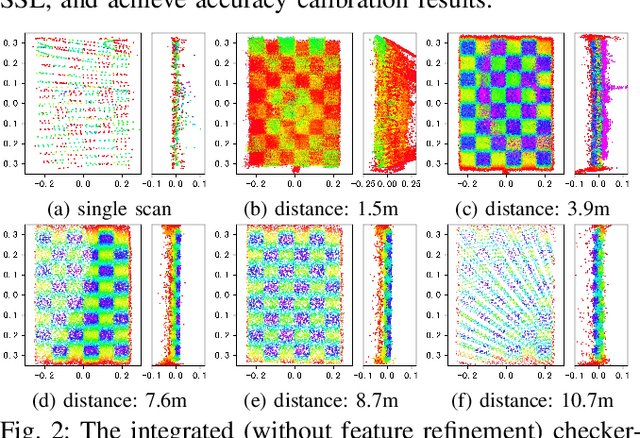
Abstract:Recently, the rapid development of Solid-State LiDAR (SSL) enables low-cost and efficient obtainment of 3D point clouds from the environment, which has inspired a large quantity of studies and applications. However, the non-uniformity of its scanning pattern, and the inconsistency of the ranging error distribution bring challenges to its calibration task. In this paper, we proposed a fully automatic calibration method for the non-repetitive scanning SSL and camera systems. First, a temporal-spatial-based geometric feature refinement method is presented, to extract effective features from SSL point clouds; then, the 3D corners of the calibration target (a printed checkerboard) are estimated with the reflectance distribution of points. Based on the above, a target-based extrinsic calibration method is finally proposed. We evaluate the proposed method on different types of LiDAR and camera sensor combinations in real conditions, and achieve accuracy and robustness calibration results. The code is available at https://github.com/HViktorTsoi/ACSC.git .
Testing Untestable Neural Machine Translation: An Industrial Case
Oct 03, 2018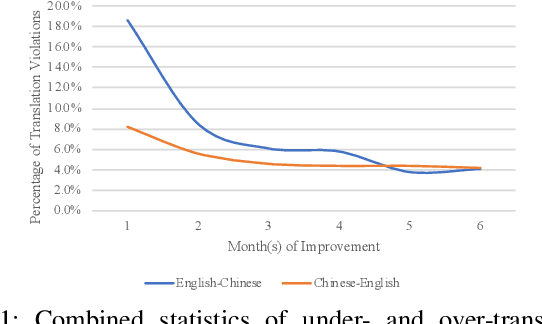


Abstract:Neural Machine Translation (NMT) has been widely adopted recently due to its advantages compared with the traditional Statistical Machine Translation (SMT). However, an NMT system still often produces translation failures due to the complexity of natural language and sophistication in designing neural networks. While in-house black-box system testing based on reference translations (i.e., examples of valid translations) has been a common practice for NMT quality assurance, an increasingly critical industrial practice, named in-vivo testing, exposes unseen types or instances of translation failures when real users are using a deployed industrial NMT system. To fill the gap of lacking test oracle for in-vivo testing of an NMT system, in this paper, we propose a new approach for automatically identifying translation failures, without requiring reference translations for a translation task; our approach can directly serve as a test oracle for in-vivo testing. Our approach focuses on properties of natural language translation that can be checked systematically and uses information from both the test inputs (i.e., the texts to be translated) and the test outputs (i.e., the translations under inspection) of the NMT system. Our evaluation conducted on real-world datasets shows that our approach can effectively detect targeted property violations as translation failures. Our experiences on deploying our approach in both production and development environments of WeChat (a messenger app with over one billion monthly active users) demonstrate high effectiveness of our approach along with high industry impact.
 Add to Chrome
Add to Chrome Add to Firefox
Add to Firefox Add to Edge
Add to Edge